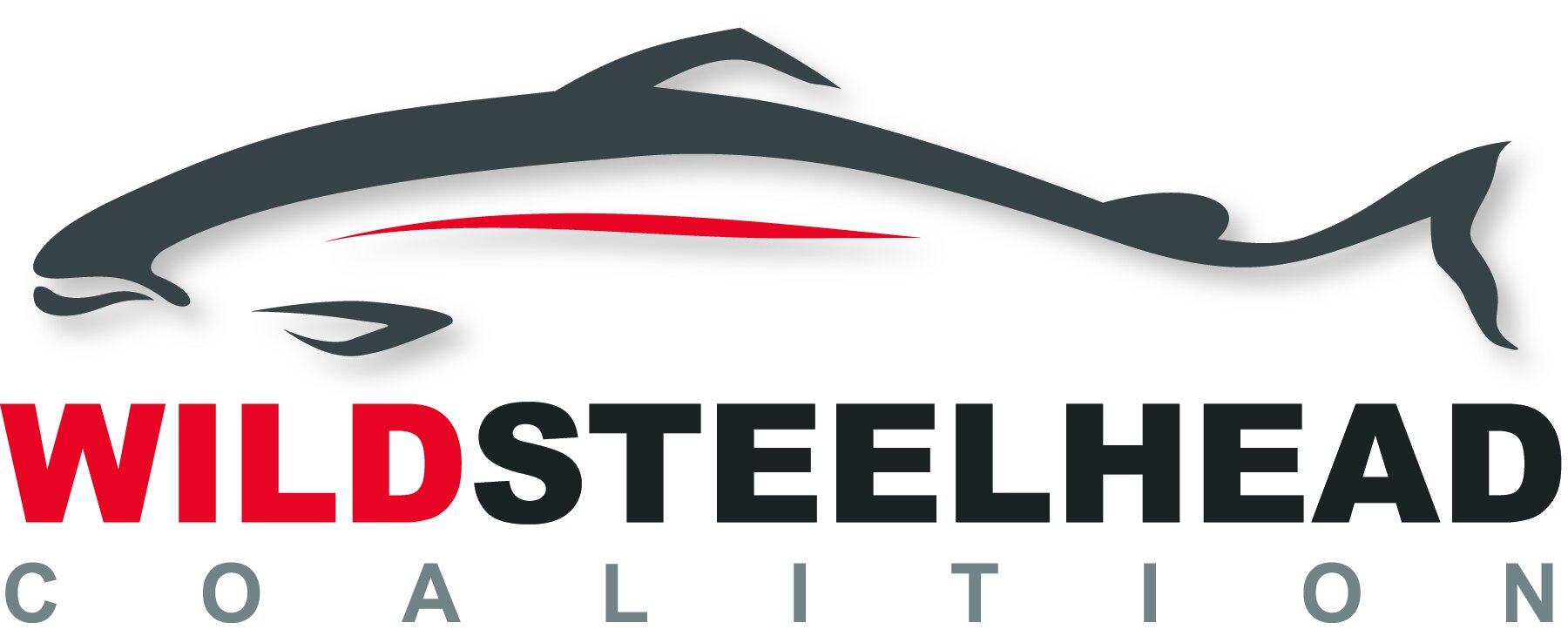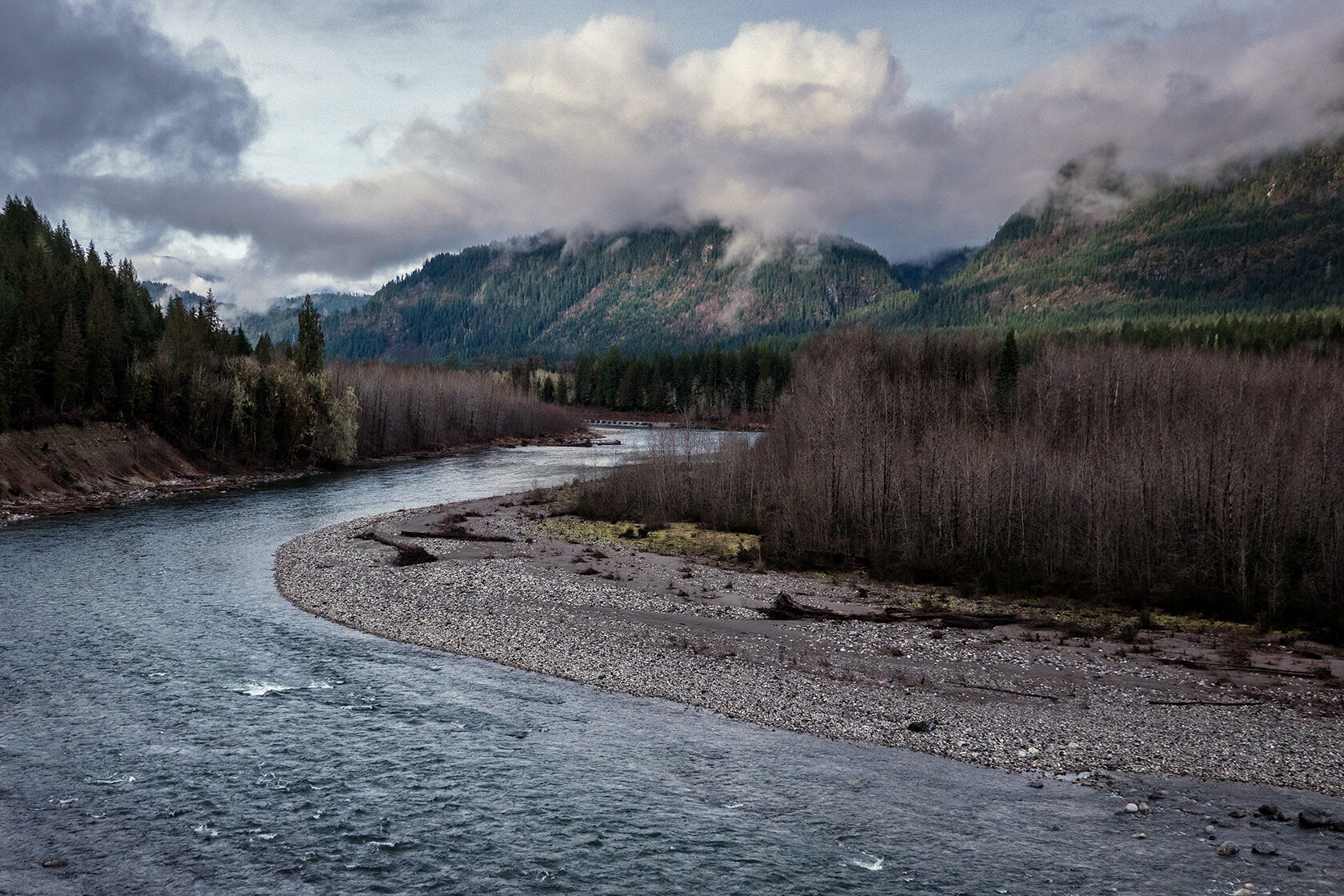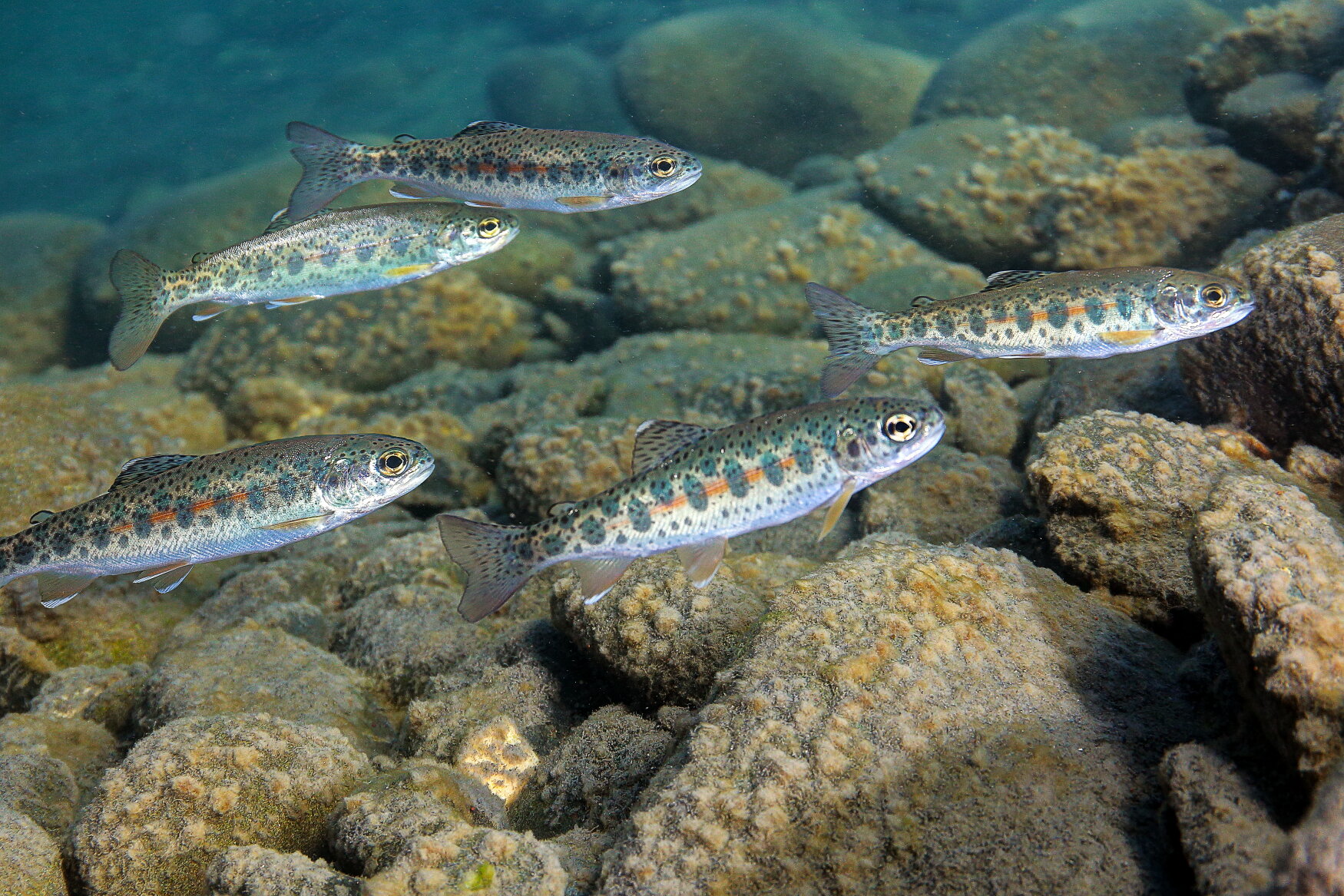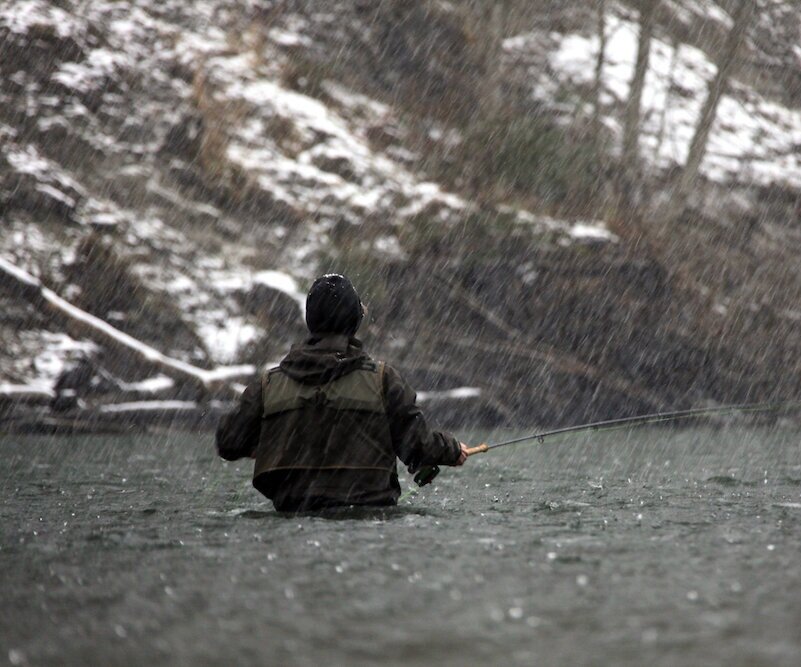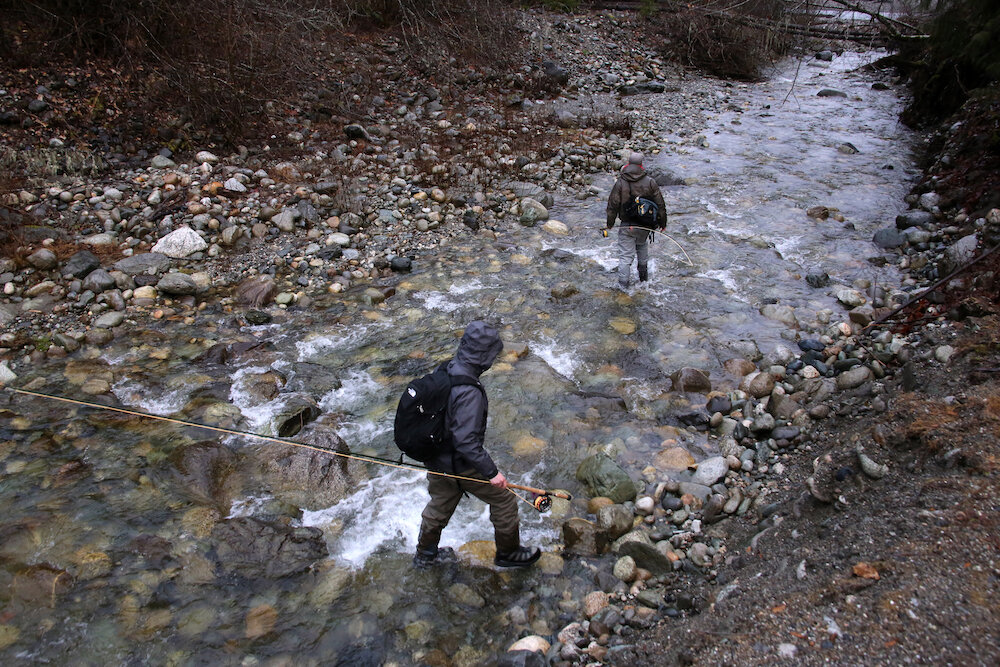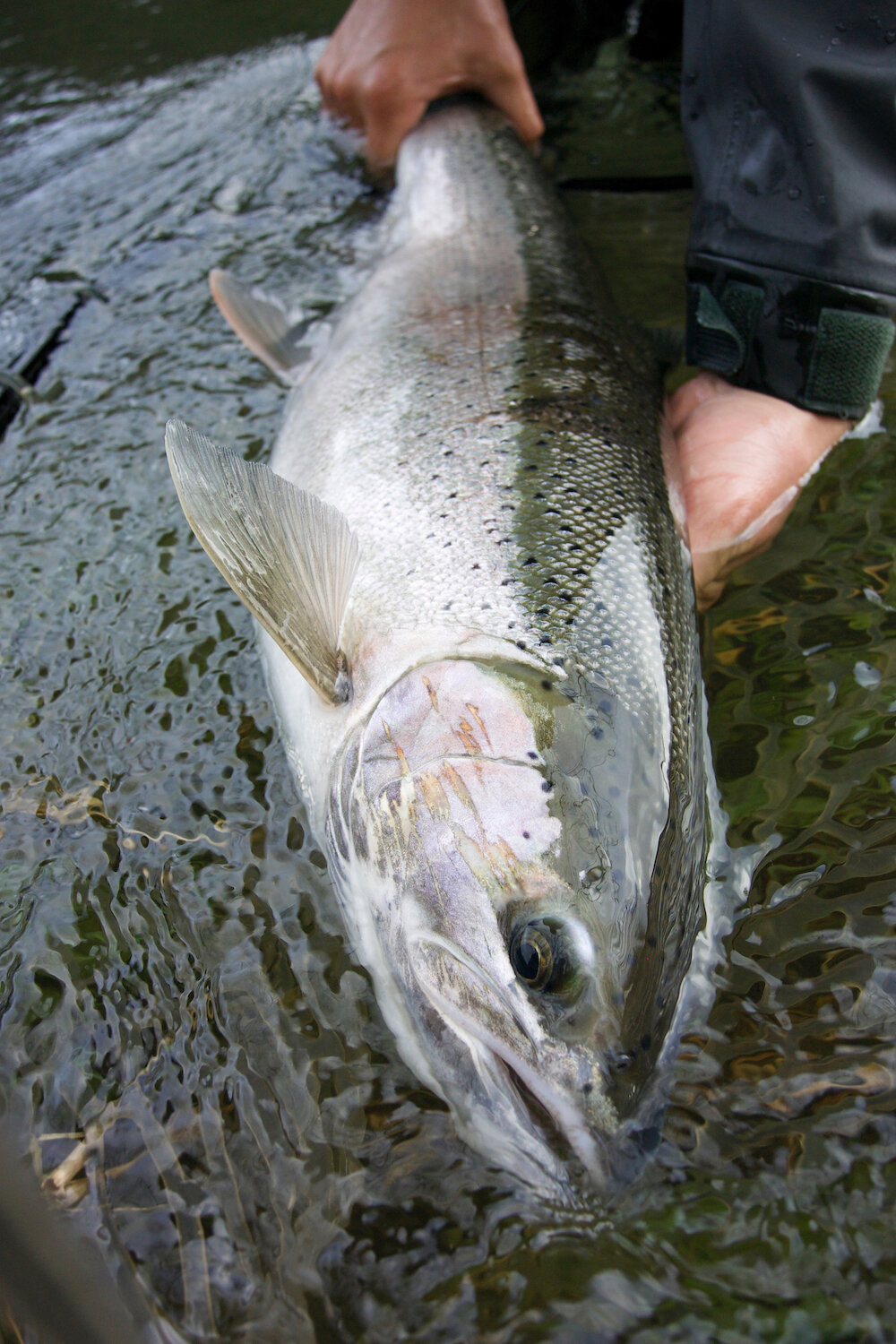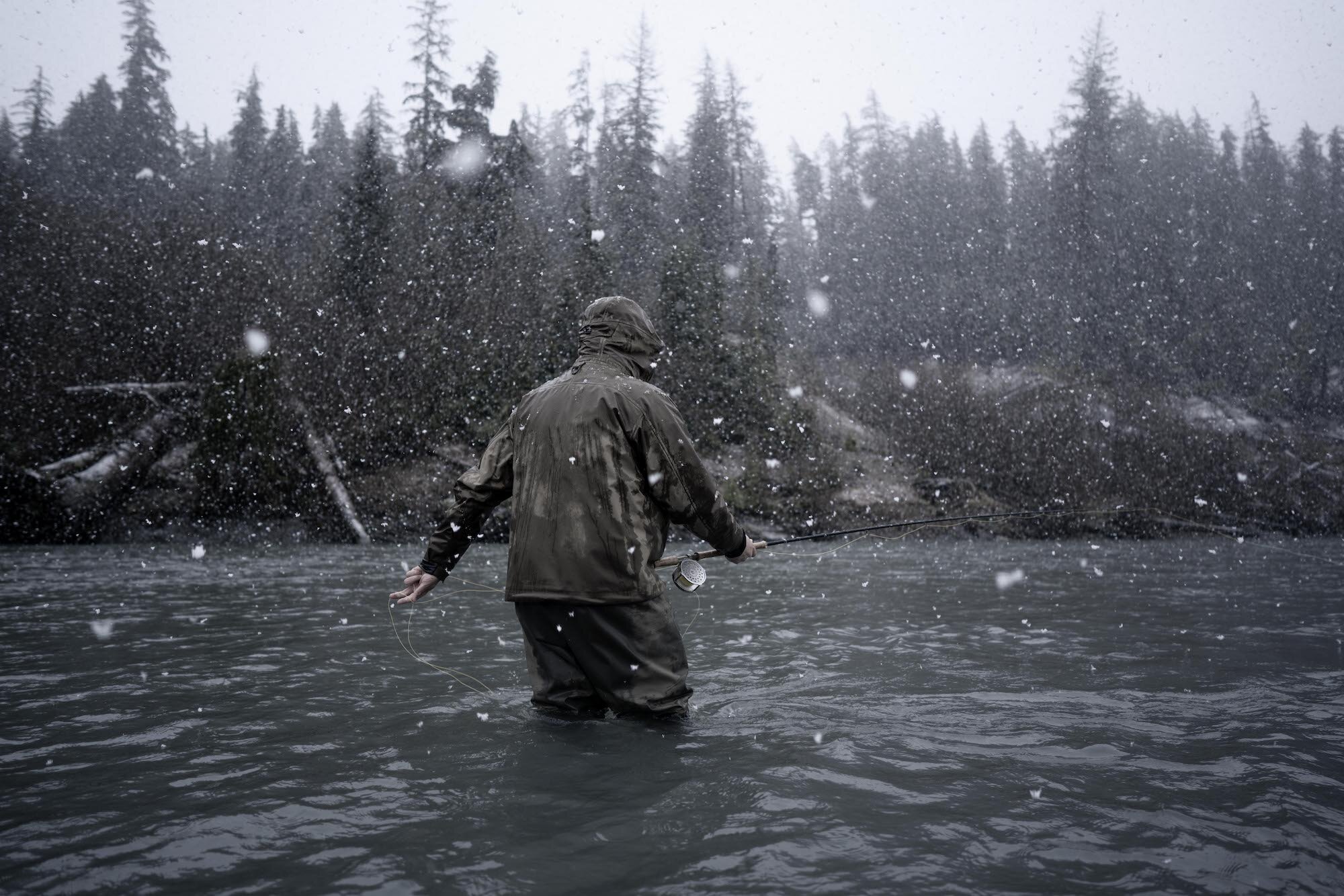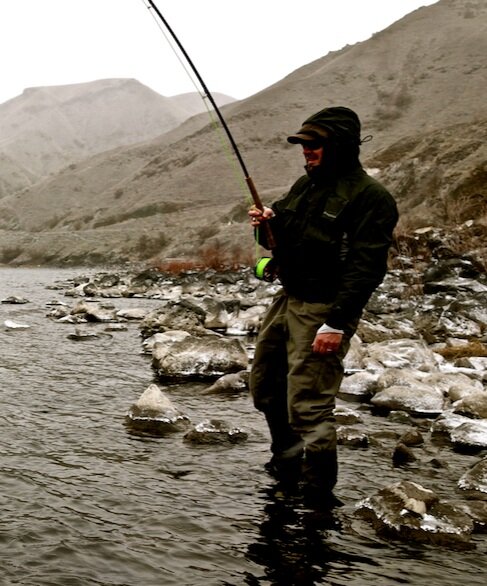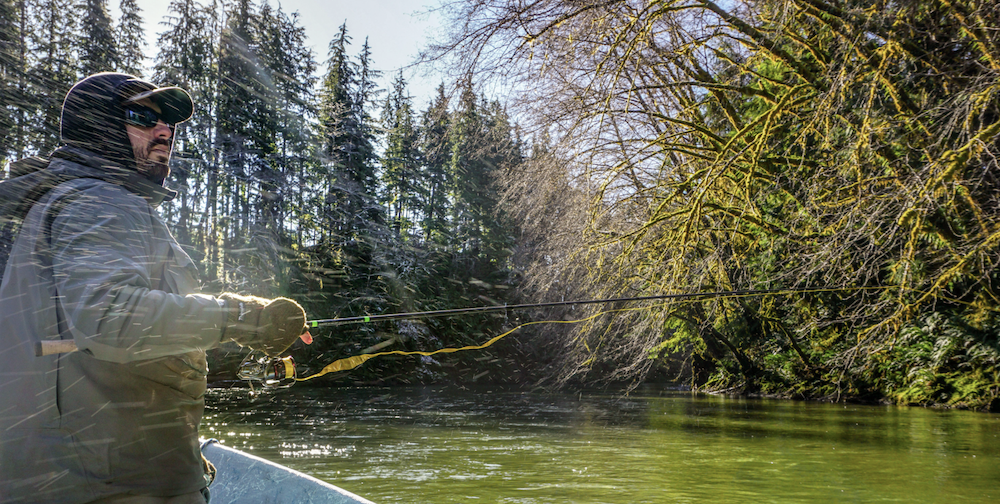
Wild Steelhead Coalition
The Wild Steelhead Coalition formed in 2000 by a group of Washington anglers deeply troubled by the loss of their beloved wild steelhead fisheries in the rivers of North Puget Sound. They set out to learn more about the causes of fishery collapse and dedicated themselves to reversing these terrible trends. Today our members live and work throughout Steelhead Country. The WSC works tirelessly to build partnerships among stakeholders, educate the public, and advocate for the science-based management required to restore wild steelhead populations to sustainable levels within their native watersheds.
“Wild - Living in a state of nature, not tamed or domesticated, uncultivated, uninhabited, growing without the care of humans. A wild animal.”
Protect and restore the best remaining habitat
Prioritize natural reproduction and free migration of wild steelhead
Build partnerships among stakeholders and advocates
Support research and science-based management for sustainable fisheries
A Future for Wild Steelhead
Wild steelhead are an important cultural and economic legacy up and down the Pacific Coast, but they have been reduced to a tiny fraction of their historic numbers through habitat loss, overharvest, misguided hatchery policies, and short-sighted management. Today, twelve of fifteen distinct populations of wild steelhead are listed under the Endangered Species Act, and many once prolific wild steelhead rivers have lost their entire steelhead population. Without meaningful changes to policy and attitudes, wild steelhead will continue to slip closer to extinction, fishing communities will suffer, and steelheaders will lose their connection to a wild world.
We cannot allow that to happen. Wild steelhead are too valuable to lose. We must act now to make the requisite changes wild steelhead need to thrive in their native watersheds before it is too late. A sustainable future for wild steelhead is possible. However, creating that future will require the steelhead conservation community ushering in a new era of responsible fisheries management that prioritizes rebuilding wild steelhead populations.
“Just as they do during the grueling journey back to the river of their birth, wild steelhead have relied on their unrelenting resilience and dogged determination to survive the countless threats that plague them. Now, the steelhead conservation community must embody that same resilience and determination as we navigate the long, upstream journey to steelhead recovery.”
Despite the century-long decline of wild steelhead populations, we actually know how to restore these struggling fish runs. Over the last twenty years, the members of the Wild Steelhead Coalition and our partner organizations have scored numerous victories that have helped protect and restore threatened steelhead runs. Even more important than the direct impact of these successes is the fact that they shed critical light on what we can do to restore wild steelhead across their native range.
From extirpated runs of summer steelhead returning to the Elwha post dam removal to wild steelhead rebounding on the Skagit when the threats of hatcheries and overharvest were removed, we have substantial evidence demonstrating that when wild steelhead have access to quality habitat and conservation-minded policies are in place, wild steelhead populations can rebound. Additionally, we know these efforts have cascading impacts throughout the larger ecosystem and are beneficial for salmon, trout, sturgeon, lamprey, and other native fish populations.
As a result, the real challenge is not figuring out how to save steelhead but rather developing the political will needed to forge positive policy and management changes on the federal and state level. For example, we know that transforming the Skagit watershed into a wild steelhead gene bank (a river permanently free of hatchery steelhead) is an essential step in further recovering the Skagit’s famed wild steelhead run. However, obtaining this designation has been a years-long effort that is trending in the right direction but has not yet crossed the finish line.
Cultivating the political will needed to win fights that are fundamental to the future of wild steelhead requires building strong, diverse coalitions, which is a foundational aspect of our work. The WSC is passionate about living up to the “coalition” component of our name, and we work hard to build coalitions and partnerships such as the Chehalis River Alliance that will enable our community to resolve the many challenges involved with wild steelhead recovery.
After two-decades of working tirelessly to protect wild steelhead, we know firsthand how difficult it is to navigate the long, arduous upstream journey to steelhead recovery. Therefore, to save the majestic fish that inspire, thrill, and enamor us, steelhead advocates must embody the unrelenting resilience and dogged determination that wild steelhead employ to survive their arduous migrations and the litany of threats mankind has thrown in their path.
